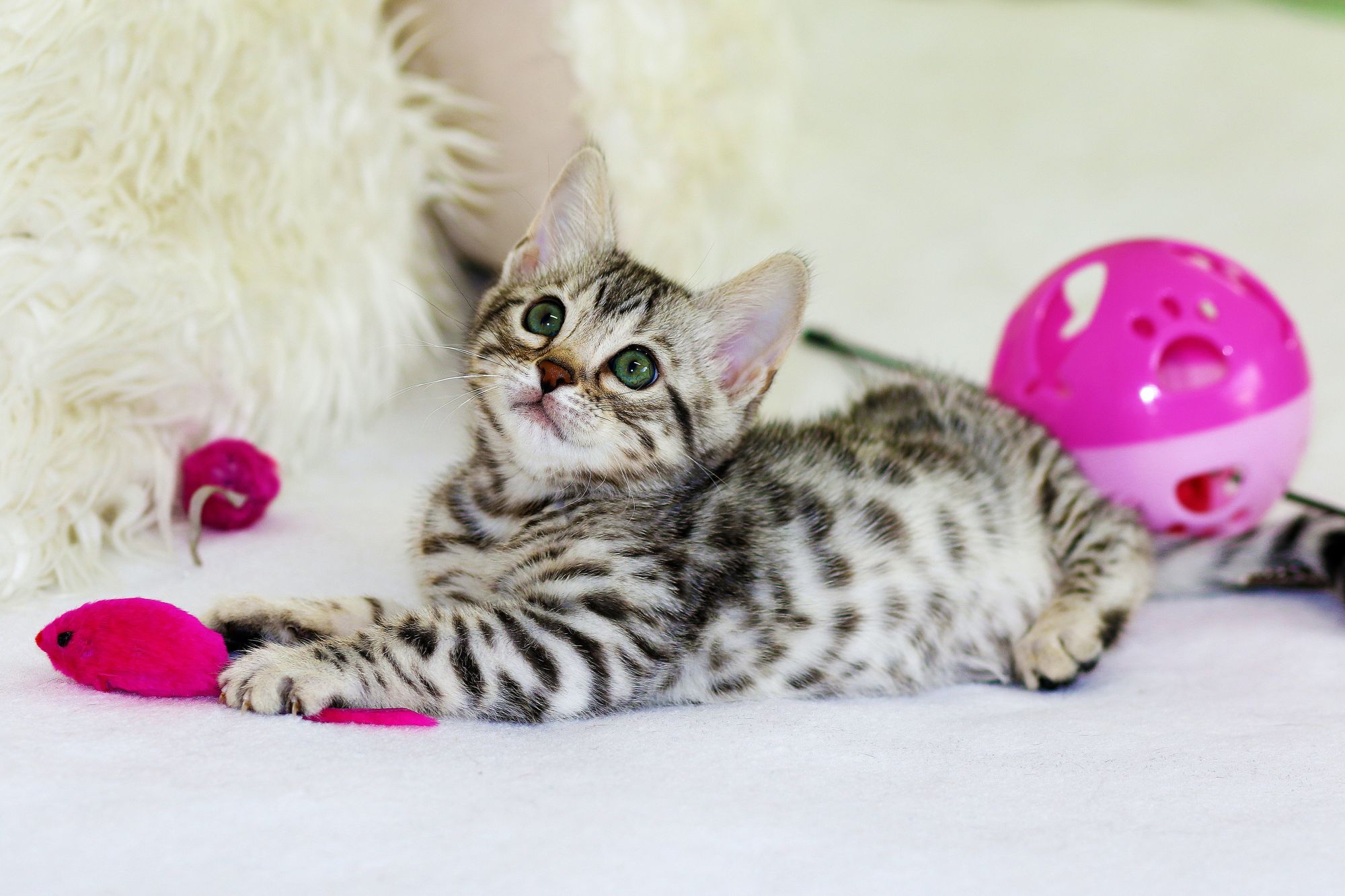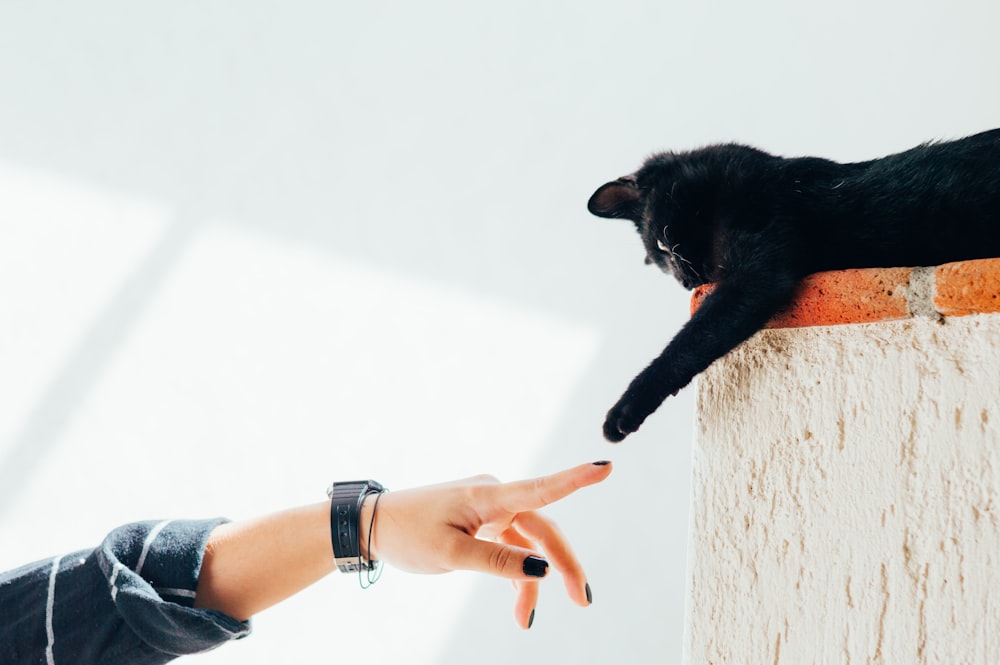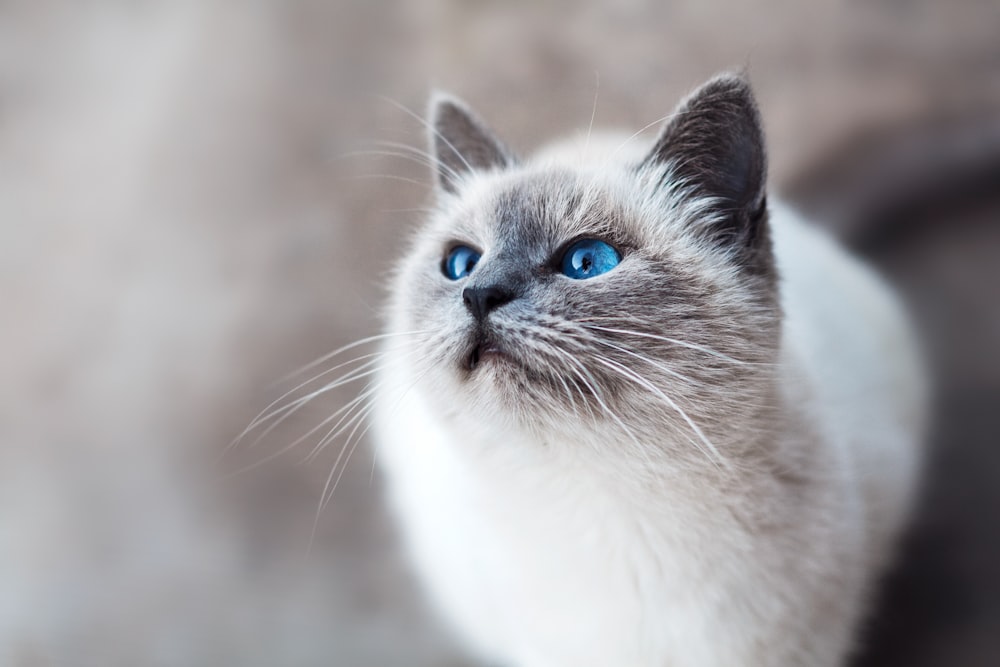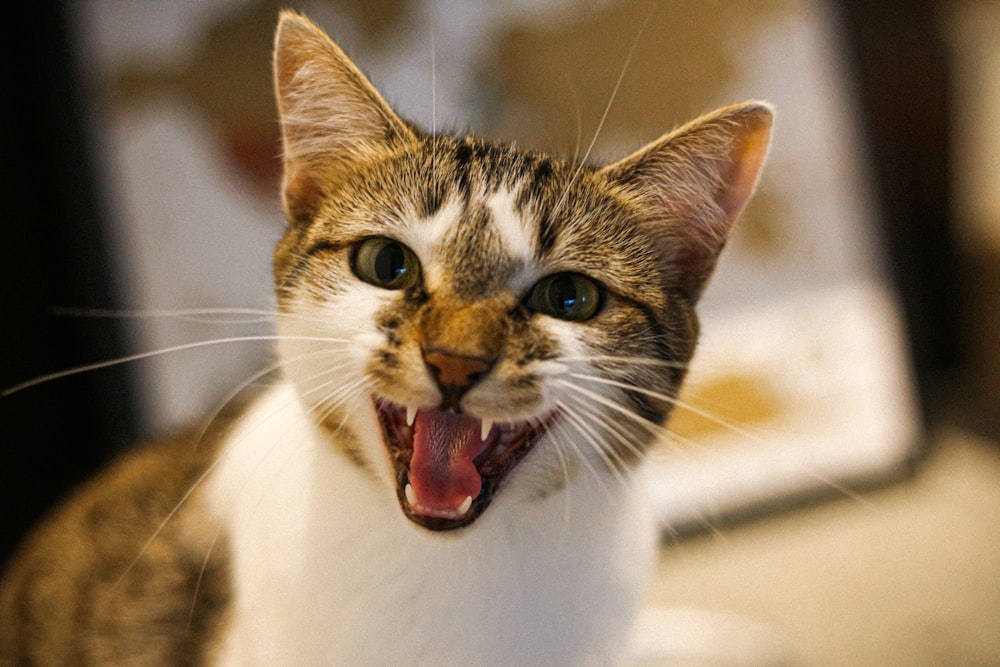Enrichment refers to the idea of providing animals with an environment that encourages natural behaviors, physical activity, and mental exercise. To help you understand your cat’s natural behaviors, and provide them with necessary enrichment, this article will explain:
- Your cat's natural behaviors
- Why enrichment matters
- Different types of enrichment
Your cat’s natural behaviors
Understanding your cat's natural behaviors is crucial for providing effective enrichment. Here are some of the key natural behaviors you should be aware of:
- Crepuscular: Cats are crepuscular animals, which means they are most active at dawn and dusk. This is when they are most likely to engage in hunting and other natural behaviors.
- Predator: As predators, cats have a natural instinct to stalk, chase, attack, run, ambush, pounce, leap, bat, swat, grasp, fight, and bite. These behaviors are part of what is known as the "predatory sequence," and providing opportunities for cats to engage in these behaviors through play and toys can be very enriching.
- Prey: Cats are also prey animals, and as such, they have a natural instinct to jump up and live in a vertical world. Providing opportunities for cats to climb, jump, and hide can be very enriching and help satisfy their natural prey behaviors.
- Scratching: Scratching is a natural behavior for cats that serves multiple purposes. It helps them mark their territory and keep their nails and paws healthy. Providing scratching posts or pads and training your cat to use them can be an effective way to prevent unwanted scratching on furniture or other surfaces.
Why enrichment matters
Enrichment is important for cats for several reasons:
- Express predatory behaviors: Cats are natural predators and need to engage in activities that allow them to express their predatory behavior.
- Preventing unwanted behaviors: Enrichment activities can help prevent unwanted behaviors, such as destructive scratching or aggression, by giving cats an outlet for their energy and providing mental stimulation.
- Providing mental and physical stimulation: Cats are social animals and require mental and physical stimulation to maintain good health and well-being. Enrichment activities can help reduce stress and anxiety, prevent boredom, and improve overall mood and behavior.
- Strengthening your bond: Enrichment activities can also strengthen your bond with your cat, as you spend time playing and engaging in activities together.

Different types of enrichment
There are a number of different types of enrichment that you can build into your cat’s life and routine:
- Toys that encourage stalking and hunting: Toys that mimic the movements of prey, such as feather wand toys, plush mice, and kicker toys, can be great for encouraging stalking and hunting behaviors. Interactive toys that allow for chasing and pouncing, such as laser pointers, can also be very engaging for cats. Since cats are crepuscular, try to schedule playtime in the morning and evening when your cat is most active. 5-10 minutes per session is all it takes!
- Work-to-eat toys: Work-to-eat toys are designed to require your cat to use their brain to access their food. Puzzle feeders, treat balls, and food-dispensing toys can all be effective options for providing mental stimulation and encouraging your cat to work for their food.
- Vertical spaces: Cats are natural climbers, and providing vertical spaces for them to explore can be very enriching. Cat trees, shelves, and perches can all be great options for enabling cats to live vertically and engage in natural behaviors such as jumping and climbing.
- Scratching posts: Providing appropriate scratching surfaces can help prevent unwanted scratching on furniture or other surfaces. Scratching posts or pads that allow your cat to stretch and exercise their claws can be effective options.
By providing a variety of enrichment options that engage different aspects of your cat's natural behaviors, you can improve your cat's physical and mental well-being, prevent unwanted behaviors, and strengthen your bond.
Frequently asked questions about enrichment
How can I create a daily routine for my cat that includes enrichment activities?
Feed and play with your cat at the same time each day. When it comes to playtime, schedule 2-3 play sessions during the day. The sessions can be short (5-15 minutes) and we recommend scheduling the sessions in the morning and evening when your cat is most active.
Can I train my cat to engage in enrichment activities?
Yes, you can train your cat to engage in enrichment activities! Start by identifying what games and toys your cat enjoys. We recommend trying feather wand toys, plush mice, kicker toys, boxes, bags, and tunnels. Use positive reinforcement training techniques, such as treats or praise, to encourage your cat to engage in these activities.
How often should I rotate my cat's toys and enrichment activities to keep them engaged and stimulated?
To keep your cat engaged and stimulated, it is a good idea to rotate their toys and enrichment activities regularly. Depending on your cat, this may mean rotating every 2 weeks or every 2 months. Pay attention to your cat’s interest levels. If they’re losing interest, it’s probably time to explore new options. Introducing new toys and activities can help prevent boredom and keep your cat mentally and physically stimulated.





